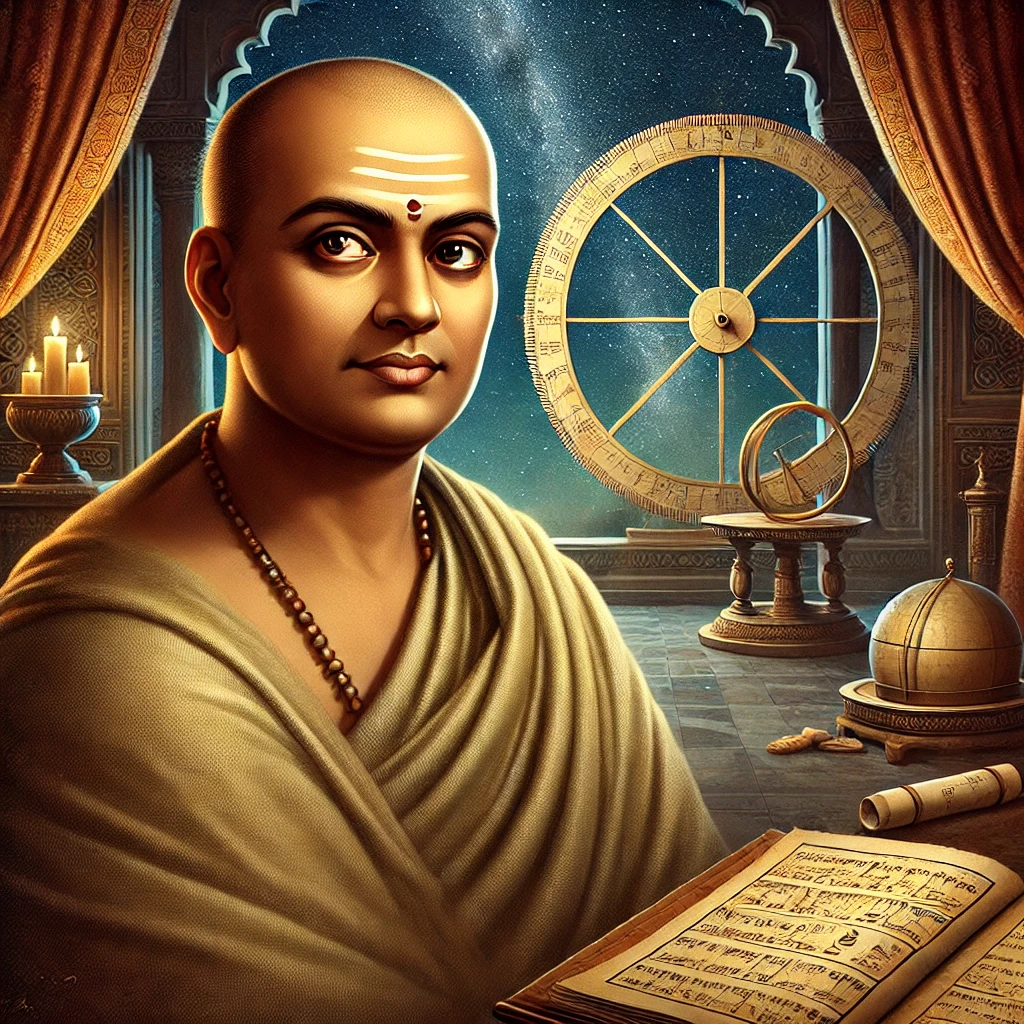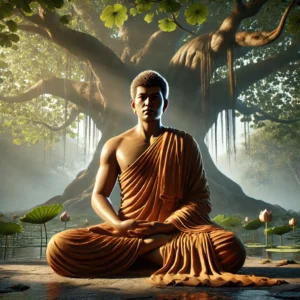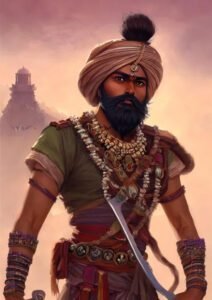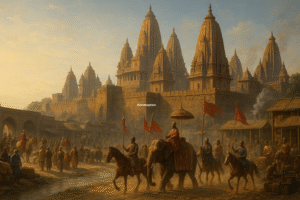
I. Overview of rich cultural and Scientific Achievements of Ancient India
Ancient India, a land of profound wisdom and remarkable innovation, has left an indelible mark on the world through its cultural and scientific achievements. From the dawn of civilization, India has been a cradle of creativity and intellect, producing some of the most significant contributions in literature, art, mathematics, astronomy, medicine, and technology. These achievements not only shaped the course of Indian history but also had a far-reaching influence on global knowledge and culture. This article delves into the remarkable cultural and scientific advancements of ancient India, highlighting their enduring legacy and impact on the world.
II. Literary and Artistic Achievements
A. Literature
Ancient India’s literary tradition is one of the oldest in the world, with texts that have shaped the spiritual, philosophical, and cultural landscape of the region for millennia. The Vedas, composed around 1500 BCE, are among the earliest known texts, consisting of hymns, prayers, and rituals that form the foundation of Hinduism. These texts not only provide insights into the spiritual beliefs of ancient India but also contain philosophical concepts that continue to influence Indian thought today.
The epics Mahabharata and Ramayana, composed between 400 BCE and 200 CE, are monumental works of literature that have permeated every aspect of Indian culture. The Mahabharata, with over 100,000 verses, is one of the longest epic poems in the world and explores complex themes of duty, morality, and dharma. The Ramayana, attributed to the sage Valmiki, narrates the life and adventures of Prince Rama, emphasizing ideals of righteousness and devotion. These epics have not only inspired countless adaptations in literature, theater, and art but have also played a central role in shaping the ethical and cultural values of Indian society.
Classical Sanskrit literature reached its zenith during the Gupta period (c. 320–550 CE), with works that reflect the sophistication and diversity of Indian thought. Kalidasa, often regarded as ancient India’s greatest poet and playwright, authored masterpieces such as “Shakuntala” and “Meghaduta,” which are celebrated for their poetic beauty and deep emotional resonance. His works, alongside those of other classical writers, have been instrumental in preserving and transmitting India’s rich literary heritage.
B. Art and Architecture
The artistic and architectural achievements of ancient India reflect the profound spiritual and cultural values of the time. Early forms of art, such as rock paintings and sculptures, date back to the prehistoric period, with the Bhimbetka rock shelters (c. 30,000 BCE) being one of the earliest examples of human creativity in the region. As Indian society evolved, so did its artistic expressions, culminating in the sophisticated sculptures and carvings seen in later periods.
One of the most notable contributions to art and architecture came with the development of temple architecture. Temples in ancient India were not just places of worship but also centers of learning and culture. The architectural styles varied across regions, with the Nagara style dominating the north, characterized by its beehive-shaped shikharas (spires), and the Dravida style prevalent in the south, known for its pyramid-shaped vimanas (towers) and intricate carvings. The Vesara style, a hybrid of the Nagara and Dravida, emerged in the Deccan region.
Buddhism and Jainism also left a significant impact on Indian art, particularly in the creation of rock-cut caves and stupas. The Ajanta and Ellora caves, dating from the 2nd century BCE to the 6th century CE, are prime examples of this influence. These caves feature exquisite murals, sculptures, and architectural forms that depict scenes from the life of Buddha and various deities, illustrating the syncretic nature of Indian art. The Sanchi Stupa, one of the oldest stone structures in India, stands as a testament to the architectural prowess of the Mauryan period (c. 3rd century BCE).
Indian art and architecture from this era have inspired countless generations and have been instrumental in shaping the cultural identity of the region. The emphasis on harmony, balance, and symbolism in these creations continues to be admired and studied around the world.
III. Scientific and Mathematical Contributions
A. Mathematics
Ancient India made groundbreaking contributions to the field of mathematics, many of which form the foundation of modern mathematical concepts. One of the most significant innovations was the invention of the concept of zero as a number, a breakthrough that revolutionized mathematics and allowed for the development of the decimal system. This concept was first documented by Indian mathematician Brahmagupta in the 7th century CE in his seminal work, “Brahmasphutasiddhanta.”
Aryabhata, another prominent Indian mathematician and astronomer of the 5th century CE, made significant advances in algebra, trigonometry, and arithmetic. His work, “Aryabhatiya,” introduced the concept of place value notation and provided accurate approximations for pi (π). Aryabhata also formulated the sine and cosine functions, which are fundamental to trigonometry. His contributions laid the groundwork for future developments in mathematics, not only in India but also in the Islamic world and Europe.

Brahmagupta further expanded on these ideas, developing rules for arithmetic operations involving zero and negative numbers. He also made important contributions to geometry, particularly in calculating the area of cyclic quadrilaterals. Another key figure, Bhaskara II, who lived in the 12th century CE, wrote the “Lilavati,” a comprehensive treatise on arithmetic, algebra, and trigonometry. His work also included early forms of calculus, demonstrating the advanced state of mathematical knowledge in ancient India.
The use of large numbers, the development of complex algorithms, and the exploration of infinity in Indian mathematics were unparalleled at the time and continue to influence modern mathematical thought.
B. Astronomy
Indian astronomers made remarkable strides in understanding the cosmos, with their observations and theories influencing both Eastern and Western traditions. Aryabhata, whose contributions to mathematics have already been noted, also made significant advances in astronomy. He proposed that the Earth rotates on its axis, a concept that was ahead of its time. Aryabhata accurately calculated the duration of a solar year and explained the causes of solar and lunar eclipses.
Varahamihira, another influential figure in Indian astronomy, wrote the “Panchasiddhantika,” a comprehensive text that compiled and compared five earlier astronomical systems. His work laid the foundation for later astronomical studies and included significant insights into planetary motion, the classification of stars, and the prediction of eclipses. Varahamihira also contributed to meteorology and the study of earthquakes, demonstrating the breadth of scientific inquiry in ancient India.
The accuracy of Indian astronomical calculations, such as the determination of planetary positions and the calculation of time, was remarkable for the period. The Indian calendar system, based on these calculations, continues to be used in various cultural and religious contexts today.
C. Medicine
Ancient India was also a pioneer in the field of medicine, particularly through the development of Ayurveda, one of the world’s oldest holistic healing systems. Ayurveda, which means “the science of life,” focuses on balancing the body, mind, and spirit through diet, herbal treatments, and lifestyle practices. It was codified in texts such as the “Charaka Samhita” and “Sushruta Samhita,” which remain foundational in Ayurvedic practice.
The “Sushruta Samhita,” attributed to the physician Sushruta, is particularly notable for its detailed descriptions of surgical techniques, including cataract surgery, rhinoplasty (reconstructive surgery of the nose), and the treatment of fractures. Sushruta’s work also includes extensive classifications of diseases, medicinal plants, and surgical instruments, showcasing the advanced state of medical knowledge in ancient India.
The “Charaka Samhita,” attributed to the physician Charaka, provides an encyclopedic account of internal medicine. It emphasizes the importance of understanding the patient’s constitution (prakriti) and the balance of the three doshas (Vata, Pitta, and Kapha) in diagnosing and treating illnesses. Charaka’s contributions to pharmacology, diagnostics, and the study of anatomy have had a lasting influence on medical practice in India and beyond.
Ancient India’s achievements in veterinary science were also significant, with texts like the “Ashva Shastra” detailing the treatment of animals, particularly horses, which were vital to the economy and military.
IV. Technological and Metallurgical Innovations
A. Metallurgy
Ancient India’s expertise in metallurgy was nothing short of extraordinary, with innovations that have stood the test of time. One of the most famous examples of this is the Iron Pillar of Delhi, dating back to the 4th century CE during the Gupta Empire. This 7-meter tall structure, which weighs over 6,000 kg, is renowned not only for its craftsmanship but also for its resistance to corrosion. The pillar’s remarkable durability has puzzled scientists for centuries, and it remains a testament to the advanced metallurgical techniques developed in ancient India.
India was also famous for its production of high-quality steel, particularly the creation of Wootz steel, which was highly prized across the ancient world. Wootz steel, characterized by its tough, durable, and sharp properties, was used to forge swords that were renowned for their strength and flexibility. The process of making Wootz steel involved complex methods of smelting iron and adding precise amounts of carbon, a technique that was highly guarded by Indian metallurgists. The knowledge of Wootz steel eventually spread to the Middle East and Europe, where it influenced the production of Damascus steel, famed for its distinctive patterns and legendary sharpness.
In addition to steel, ancient Indian metallurgists were skilled in the production of various alloys and metals, including gold, silver, copper, and bronze. These metals were used to craft tools, weapons, coins, and ornaments, many of which have been found in archaeological sites across the Indian subcontinent. The sophistication of ancient Indian metallurgy is further evidenced by the intricate metal sculptures and idols created during this period, which display a high level of artistry and technical skill.
B. Engineering and Technology
The technological achievements of ancient India were closely linked to its advancements in engineering, particularly in the fields of water management, urban infrastructure, and agricultural technology. Ancient Indian engineers were adept at designing and constructing complex systems that catered to the needs of a growing civilization.
Water management was a critical area of innovation, especially in a land where agriculture was the backbone of the economy. Ancient India developed a variety of water storage and irrigation systems, including stepwells, tanks, and canals. Stepwells, in particular, were architectural marvels designed to harvest rainwater and provide a reliable water source during dry seasons. These structures were often elaborately decorated and served not just as functional utilities but also as community spaces. The city of Dholavira, part of the Indus Valley Civilization, is an excellent example of ancient water management, featuring a sophisticated system of reservoirs, dams, and channels.
In the realm of urban infrastructure, ancient Indian cities like Mohenjo-Daro and Harappa were among the earliest to feature planned layouts, with grid-patterned streets, advanced drainage systems, and public baths. These cities reflect a high level of civic planning and an understanding of public health, with features that were far ahead of their time.
Agricultural technology also saw significant advancements, with ancient Indians developing tools and techniques to enhance productivity. The use of the iron plow, for example, allowed for deeper tilling of the soil, leading to better crop yields. The practice of crop rotation and the use of natural fertilizers were other innovations that contributed to the sustainability of agriculture in ancient India.
The ancient Indians were also pioneers in textile technology, with evidence of cotton cultivation and weaving dating back to the Indus Valley Civilization. India was famous for its fine textiles, particularly cotton and silk, which were highly sought after in global trade networks. The techniques of spinning, dyeing, and weaving developed in ancient India laid the foundation for its rich tradition of textile craftsmanship, which continues to thrive today.
V. Cultural Exchange and Global Impact
India’s cultural and scientific achievements did not remain confined within its borders; they had a profound impact on the world through trade, travel, and intellectual exchange. Ancient India was a hub of knowledge and innovation, attracting scholars, traders, and travelers from distant lands who came to learn from and contribute to this vibrant civilization.
The spread of Indian mathematics, particularly the concept of zero and the decimal system, had a significant impact on the development of mathematics in the Islamic world and later in Europe. Indian mathematical texts were translated into Arabic during the Islamic Golden Age, where scholars such as Al-Khwarizmi and Al-Biruni further developed these ideas, eventually transmitting them to Europe. The influence of Indian mathematics is evident in the adoption of the Hindu-Arabic numeral system, which forms the basis of the numbers we use today.
In the field of medicine, Indian texts such as the “Charaka Samhita” and “Sushruta Samhita” were translated and studied in the Islamic world, contributing to the development of medical knowledge in the Middle East and Europe. Indian herbal remedies, surgical techniques, and holistic approaches to health found their way into medical practices far beyond India, influencing the evolution of medicine in various cultures.
Indian trade networks, which extended as far as the Roman Empire in the west and Southeast Asia in the east, facilitated the exchange of goods, ideas, and technology. India’s exports, including spices, textiles, precious stones, and metalwork, were highly valued in international markets. The maritime trade routes across the Indian Ocean and the Silk Road served as conduits for the exchange of cultural and scientific knowledge, further amplifying India’s influence on the global stage.
The cultural and scientific achievements of ancient India are a testament to the ingenuity, creativity, and intellectual curiosity of its people. From pioneering advancements in mathematics and astronomy to the creation of timeless literature and art, ancient India laid the foundations for many aspects of modern civilization. These achievements not only enriched Indian society but also had a lasting impact on the world, influencing the development of knowledge and culture across continents.
The legacy of ancient India continues to inspire and inform contemporary scholarship and innovation. As we look back on these remarkable contributions, it is essential to recognize and celebrate the enduring influence of ancient India’s cultural and scientific heritage, which remains a source of pride and inspiration for generations to come.






